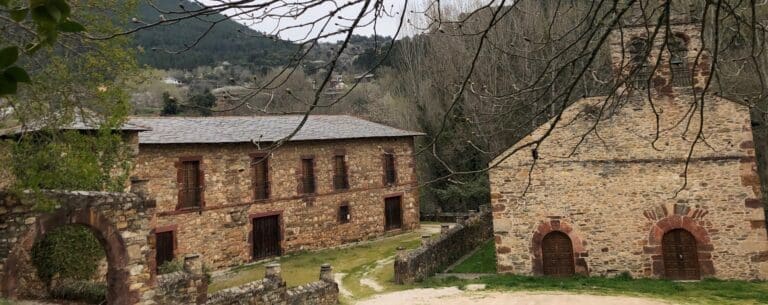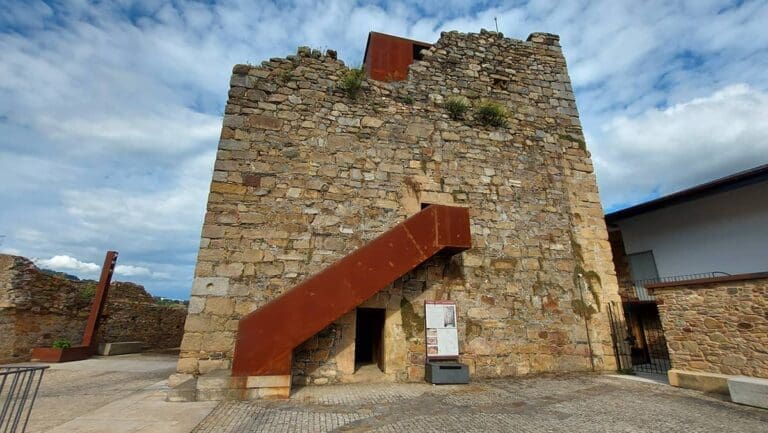The tower and fortress of O Castro, which already had the generic protection of Spanish castles in 1949, was declared of Cultural Interest (B.I.C.) on 17/11/1994 with the category of Monument, the year in which it was donated to the City Council of O Barco de Valdeorras.
It is a medieval construction of the XIV century that suffered partial destruction and reconstruction, possibly derived from the Irmandiñas revolts, becoming the property of the Counts of Rivadavia at the end of the XV century. It underwent further renovations in the 18th century for use as a prison. After the suppression of the lordships in the 19th century, it was neglected, reaching a state of abandonment and ruin.
In 2010, the City Council of O Barco began the proceedings before the Ministry of Development for the rehabilitation of the monument, charged to the 1% Cultural. Once approved by this body, the works were completed in 2013 with a budget of about 600,000 €, and with various fields of action:
The archaeological excavations carried out around the tower uncovered the bimillenary origins of O Castro: a group of huts that overlap in time, showing the bases of the first pre-Roman mud-straw huts and later circular and rectangular stone constructions, which correspond to the two phases of Roman occupation (1st-2nd century AD and 3rd-4th century AD), being later surpassed by medieval constructions and the castle itself.
The medieval tower was consolidated, maintaining its romantic character of ruin, investigating in its walls the different phases and construction techniques used, and leaving in view the historical references of all the discoveries. The building was completed with a metal staircase of modern design, alternating with different terraces, which allow both the contemplation of the tower and the views of the surroundings.
The action is integrated into the fabric of the village, completed with the urbanization of the accesses, the consolidation of a cave under the road and the creation of a square next to the tower where the archaeological footprint of the Roman fort is represented, forming a public space of great harmony that becomes a spectacle with the night lighting. The complex can be visited without a guide, since it has a series of explanatory panels that provide information on the characteristics of the monument.
The building is the scenic summit of the O Castro complex, and can be seen on different pedestrian routes from O Córrego, Outarelo, Xagoaza and Tremiñá.

 O Barco de Valdeorras, Galicia
O Barco de Valdeorras, Galicia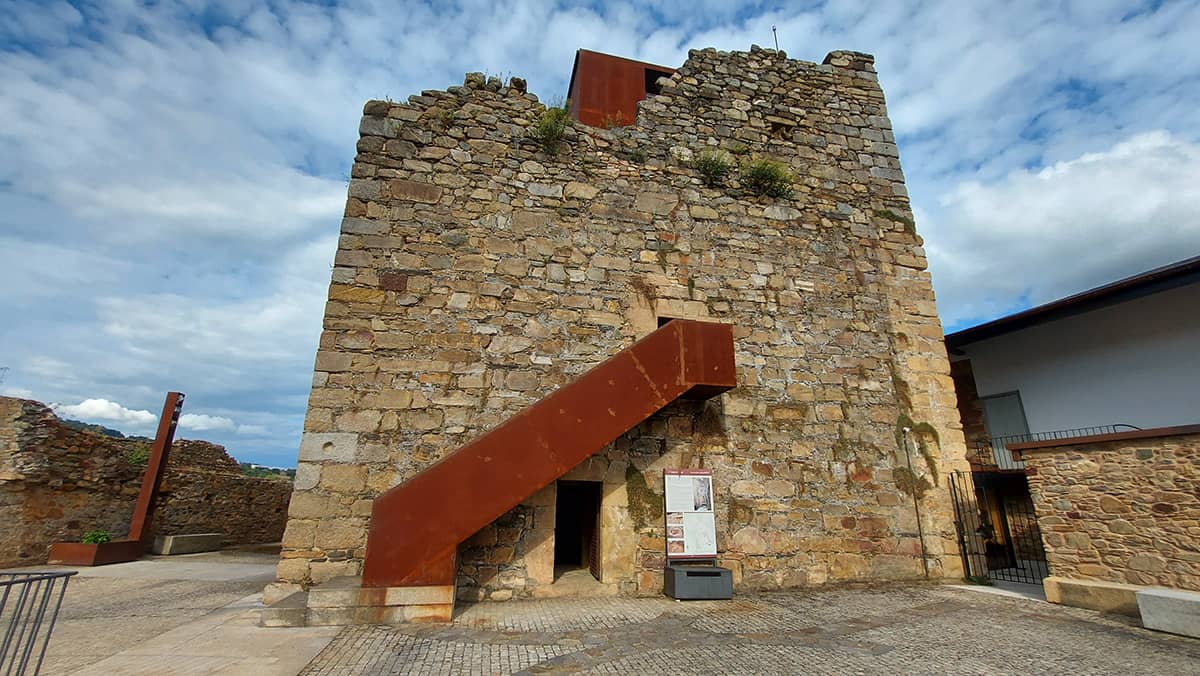
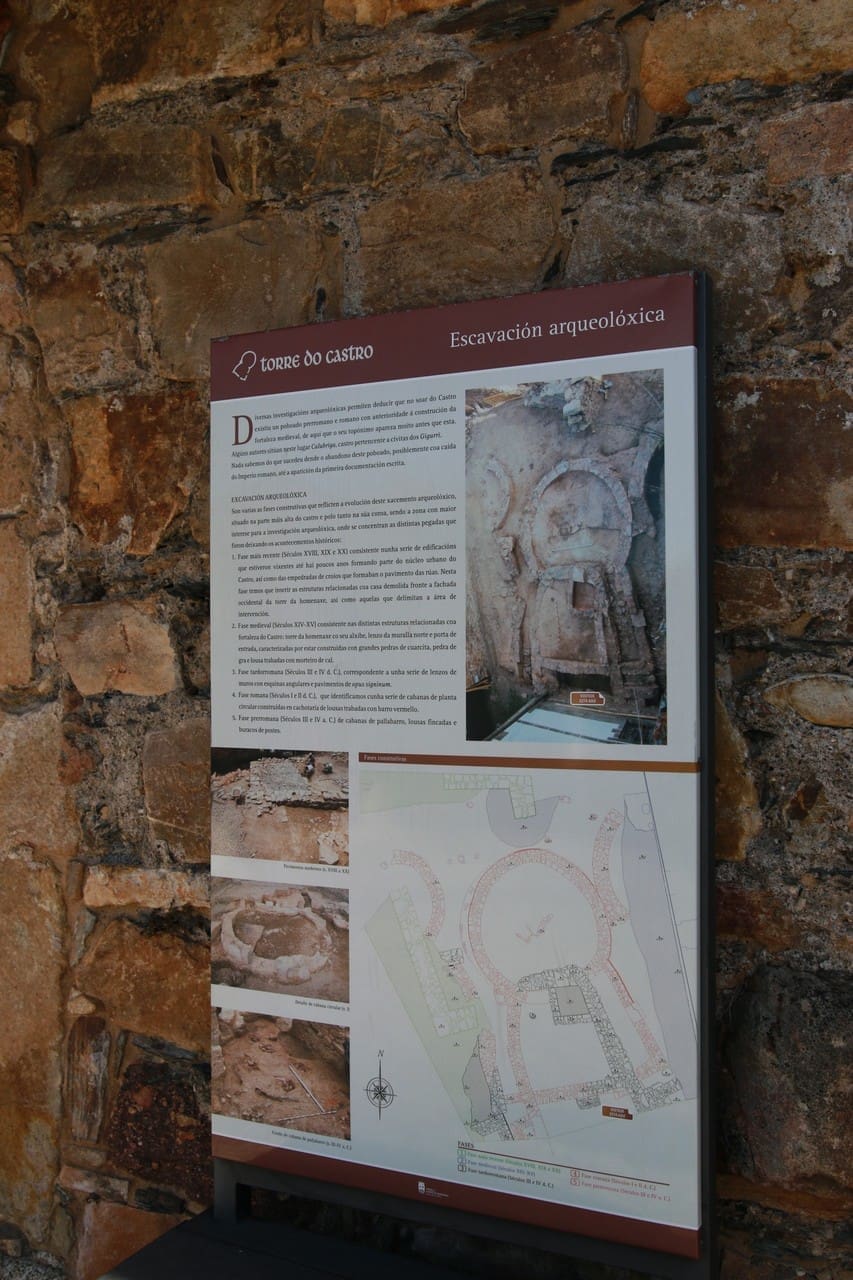
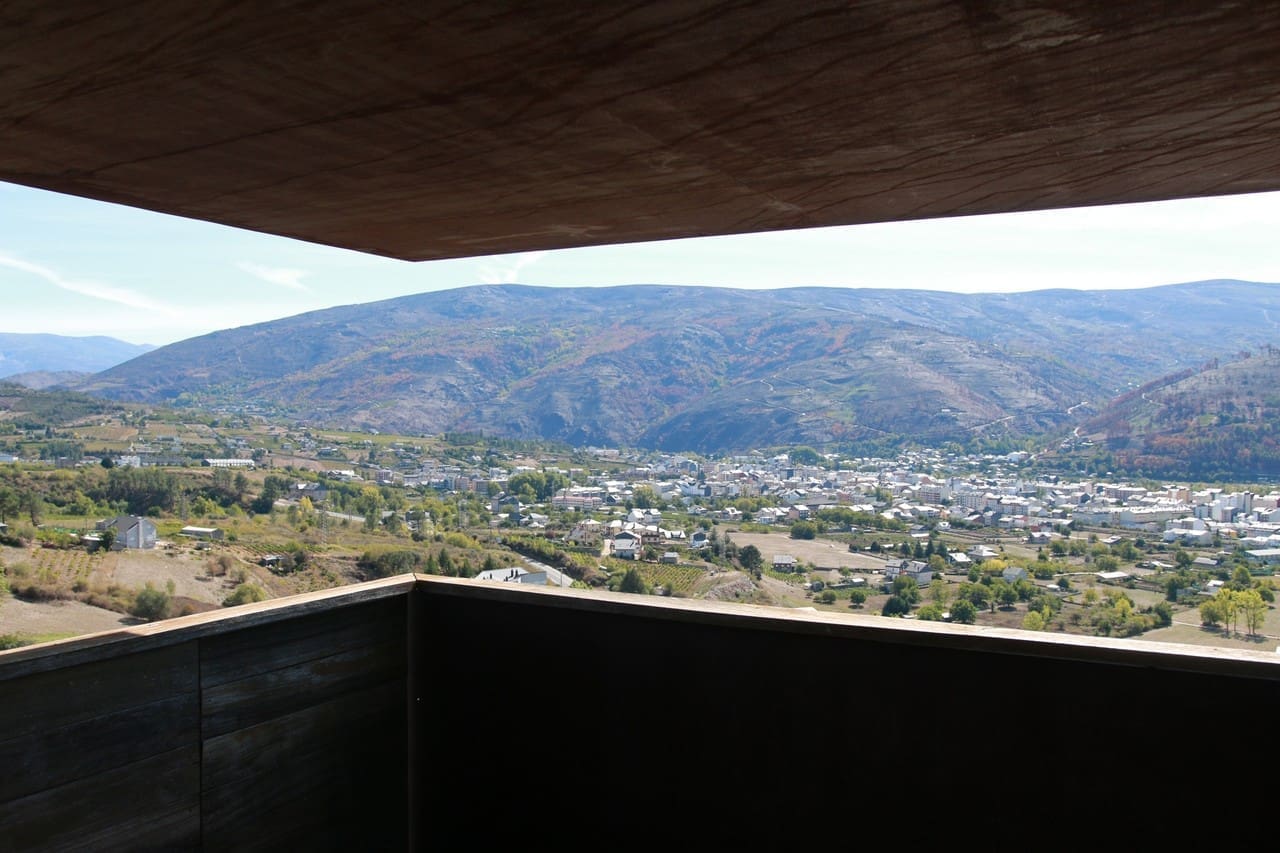



 Torre e Fortaleza do Castro
Torre e Fortaleza do Castro 